Part 29: Turn 5 - Axis Combat Phase: One More Push

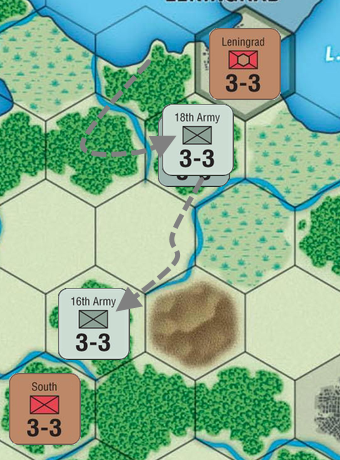
Seeing a dangerous salient in their lines, the Army Group Centre Front command orders its forces repositioned to cut off that threat and create a more stable line. The 16th Army moves south and takes up positions in the forests in the rear of the Red Army forces exploiting the gap.
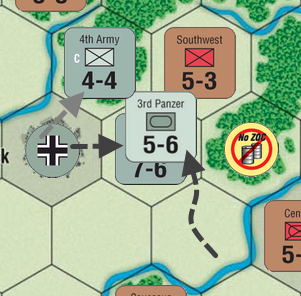
A second push comes from the south. The 2nd Panzer move out east to decisively reopen the Heiligeweg corridor to their comrades in the 3rd Panzer Army. The beleaguered troops move out north, abandoning their pocket and shortening the line. Meanwhile, the 4th Army also strikes north, severing the supply lines of the South Front divisions between it and Leningrad.
The OOS marker stays on the 3rd Panzer, obviously, I just forgot to draw an arrow to it. Before anyone asks, if those forces would be attacked now, the attacker would gain the 2 shift bonus from attacking an OOS hex, but any other factors (movement decrease, no Armour shift, ineligibility for some cards or being flipped etc.) apply only to the unit that is actually out of supply.
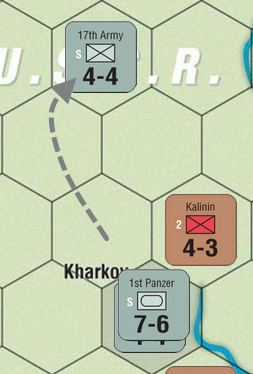
The 17th Army is also deployed to fix visible gaps in the line. With its support, the connection between AGC and AGCR should be more secure. This weakens the Axis positions around Kharkov, however.
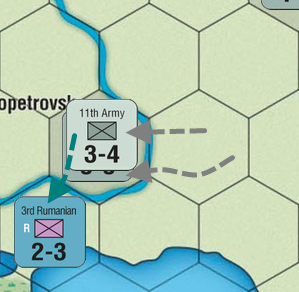
The 3rd Rumanian is ordered to take up positions blocking the Isthmus of Perekop, while the 2nd and 11th Armies fall back to defend Dnepropetrovsk.
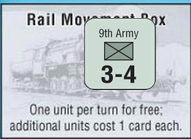
The 9th Army is deemed fit enough to go to the front. Its troops are prepared for a strategic move across nearly a third of Europe.

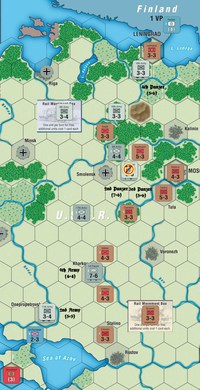
I need Target Hexes from Herpicle. Once those are in the thread, Fangz may post his counterblows. Then top commanders of both sides can post their card commitments, the Stavka chief can also post conditional orders on the use of Shock! markers in any counterattacks. Finally, both sides' army group/sector commanders may post their retreats/advances in the thread.
The deadline for this is December 31, 7 PM GMT, so probably right before you'll leave for New Year's Eve parties.
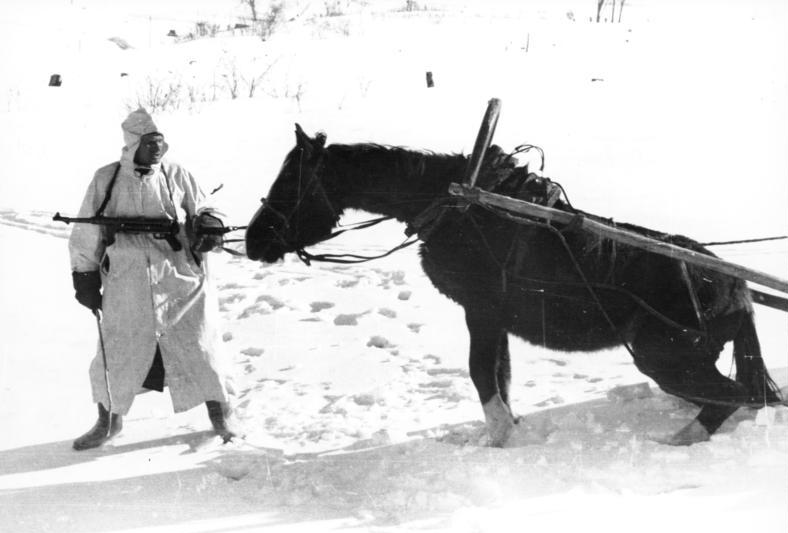
The winter of 1941/42 in Russia was one of the harshest on record. German troops were poorly prepared for such a situation, since their winter gear had very low priority in supply shipments during the push on Moscow. When the winter came, the offensive had stalled and warm uniforms, boots and whatever else was needed were hurriedly railed in from military warehouses in Germany. By then, however, getting them to front-line units was extremely hard. The snow was less of an obstacle than the mud, but the cold eventually became so terrible that tank and truck engines wouldn't start.
That's one of the advantages a horse has over a car, I guess. Pack animals may seem old-fashioned in a conflict where both sides have tens of thousands of trucks, but they were used very extensively on both sides of the Eastern Front.